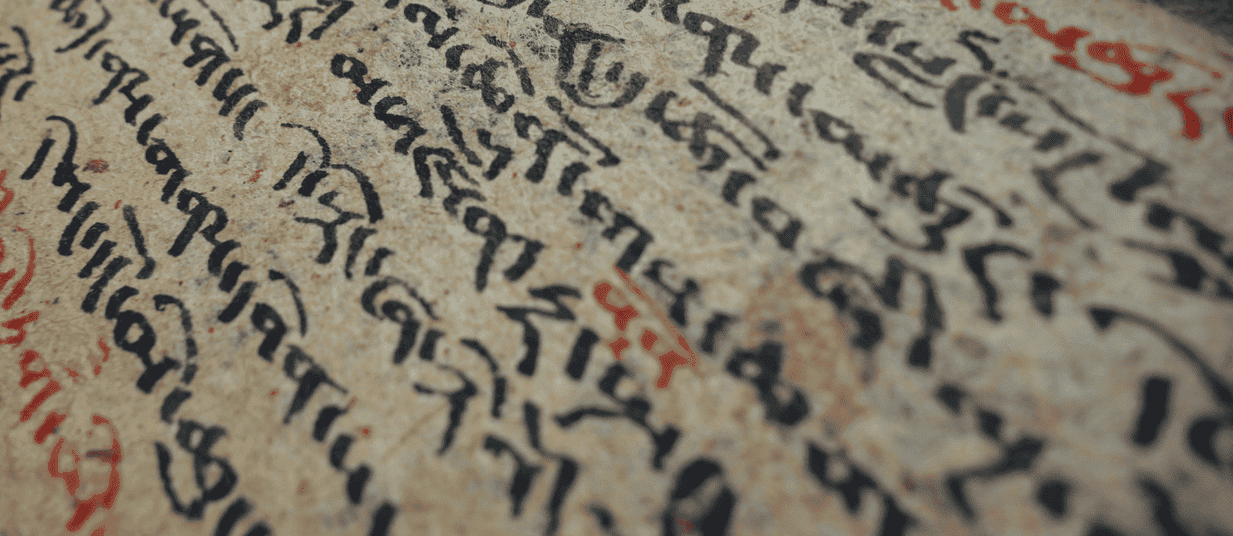
Identification Issues in Traditional Medicine
By Adam Tate, 2015When studying medicines and formulas of Tradition Medicine, there are often problems with identifying the exact medicine being referred to. This is for a number of reasons.
|
1. A Number of sources supply the same Medicine Sometimes different plants, or varieties of plants would supply the same medicine. This is especially true when the medicines and formulas of the Western Medicinal tradition were used over a vast area from Northern Europe, the Mediterranean and the Middle East over a vast period of time. |
|
Classical medicines such as Myrrh, Dragon’s Blood and Aloe were obtained from very varied sources but may all have been sold under the one name. These medicines could be obtained from sources in India, the Middle East, or Africa, from related but different plants, and the product and quality had a great deal of variation. And yet, whatever was the available source at any given Apothecary would be used in formula.
Other examples are exotics such as ‘Galangal’ and ‘Cardamon’. There are a number of varieties of Cardamon, again obtained from a number of different countries. When ‘Cardamon’ was called for in a formula, whichever was available was what was used. Likewise there are several types of Galangal.
Another example is when a generic name, such as ‘Earthworm’ or ‘Scorpion’ is called for. Whichever species is local, or most local, will tend to supply the market. There are a number of different genera that make up the Earthworms, as there is with Scorpions. Many species supplied the medicine in the past.
This is also the case with Gems. Various red gemstones, including spinel, carnelian and garnet have been used for ‘Ruby’. Green stones including Prase were used as ‘Emerald’.
2. A Number of Medicines may fall under the same name
In some cases, particularly in Tibetan Medicine, a number of completely different plants can supply the same medicine. This is due to the wide and different geography that encompasses the area where Tibetan Medicine has been practiced. This was made even more extreme when many Tibetans left to India and Russia following the Chinese occupation in Tibet. The Tibetans had to find local substitutes for their traditional medicines which often went under the same traditional name. So with some Tibetan Medicines, reliable sources can give 6 or more totally different accepted plants for one traditional name.
Even in Western Herbals, it is not uncommon for it to be mentioned that the Apothecaries will commonly supply a completely different plant than the official. This is sometimes an adulterant, but often it means an accepted and recognised local substitute supplies the medicine. One example was Round Birthwort which was commonly supplied by Bulbous Fumitory, Fumaria bulbosa.
Sometimes there is a common name like Spikenard. Indian Spikenard is Nardostachys jatamansi, Celtic Spikenard is Valeriana celtica, and then there is Ploughmans Spikenard, Conyza squarrosa. ‘Nard’ was used by the Greeks for Lavender. More recently, American Spikenard is Aralia racemosa, which some US texts will simply write as Spikenard. Thus Spikenard in US texts must be realised as completely separate from the Spikenard of Traditional Western and Unani texts.
Pellitory likewise can be several different plants. Pellitory of Spain is Pyrethrum, while Pellitory of the Wall is Parietaria diffusa.
The names Dragon and Drancunclus have been used for Bistort, Dracontium spp. and Arum spp.
Likewise with Serpentaria: several plants are recognised under this name: 1. Buckthorn Plantain; 2. Bistort; 3. Arum spp. 4. Virginian Snakeroot (Aristolchia spp.)
Another example is the ‘Four Greater Cold Seeds’. This important Cooling group of four seeds is derived from members of Cucurbitaceae. But various sources give a number of different species to supply the four seeds. This includes Gourd, Bottle Gourd, Pumpkin, Melon, Water Melon, Cucumber, Pumpkin, as well as various local varieties. The species used in the Middle East in Unani Medicines are apparently different from the species commonly used to supply European Apothecaries, which seemed to be more local varieties. In reality, it probably doesn’t matter. All the seeds tend to have somewhat similar action and their fixed oil content, mucilage and nutrition is obviously an important aspect of their medicinal effect.

|
|
In some classic cases, medicines were mistranslated and the mis-translation became accepted as correct. Tabasheer (Bamboo silica) was originally translated from the Arabic as Spodium. The term Spodium was used for burnt Ivory, and thus, burnt Ivory commonly was used in places where Tabasheer was meant in Arab formulas, such as in Troches of Spodium. Of course, this was facilitated by the fact that Europeans generally couldn’t get true Tabasheer.
Another more extreme case is with Arab Mumiya, translated as ‘Mummy’. Mumiya is the Arab name for Shilajit (Indian Mineral Pitch). But the translators took this for Mummy (mummified human flesh from the Middle East, especially Egypt), which began to be widely used for a period of time. Some Arab formulas used Mumiya (Shilajit) in formula, especially for Bruising and Trauma. Thus, for a while, mummified Human flesh was commonly used in parts of Europe to supply what should have been Shilajit. Demand became so strong that some Dispensaries gave instructions for the Apothecaries to prepare their own freshly deceased bodies into Mummy by embalming with Myrrh and other substances. There is no doubt in my mind that the original inspiration for the use of Mummy came from the mis-translation of Mumyia from Arab texts, and yet the dried embalmed flesh used no doubt had similar medical properties due to the medicines used in embalming.
4. Uncertain Medicines
When Arab formulas were introduced into European medicine, there were some medicines that apparently remained obscure or largely uncertain. The Arabs sometimes used local or Indian medicines unknown in Europe.
Red and White ‘Behen’ are examples. Many European texts state that they were uncertain and unobtainable. Therefore, the formulas that listed them were commonly substituted for medicines such as Avens and Tormentil.
Occasionally a formula that was translated into Latin would contain a Latinised Arabic name of an obviously unidentified medicine.
5. Local or obscure Names
Because of the large amount of both time and geographical distance, and a number of different languages that texts were translated from, especially in the Western Tradition, it is common for local and obscure names to be used sometimes. Sometimes these can be quite difficult to find a correct identification.
Some Latin texts still used Latinised versions of Arabic herb names, meaning obscure and unknown names are sometimes used for common herbs. While the herb may not be obscure, identifying the herb can be troublesome.
6. Similar but Misleading Names
Some medicines have similar names making the possibility of misidentification or mistranslation more likely.
‘Pimpernel’ may be Anagallis or Burnet or Saxifrage. Saxifrage Burnet is Pimpinella saxifraga. Scarlet Pimpernel is Anagallis arvensis. Burnet is Sanguisorba officinalis. Water Pimpernel is Veronica spp. Even from this brief example, it can be seen that a certain name can become confusing quite quickly. Then if the name is qualified by ‘White’, ‘Yellow’, ‘Water’, ‘Prickly’ etc., it can quickly be seen that identification can be difficult.
Plantain is Plantago spp., but Water Plantain is a quite separate Alisma spp.
Amber can refer to the stone Amber (Succinum), or be an abbreviation for Ambergris (aromatic secretion of a Sperm Whale). And in some instances, both may be written as ‘Amber’. Usually, Latin texts will refer to the stone as Succinum.
These are just a few examples that can confuse identification.
Conclusion
These are just some of the ways traditional medicine names can be confusing, misleading and poorly identified.
Despite this, the large percentage of traditional medicines are quite easily and readily identifiable. In any case by using the list of substitutes or studying the ways other authors have reformed traditional formulas, various traditional formula can be recreated for modern use.
